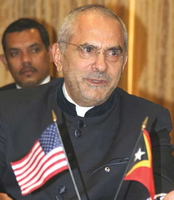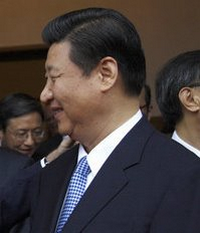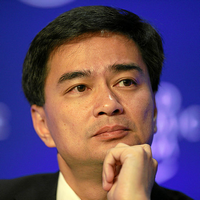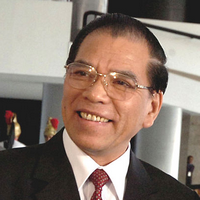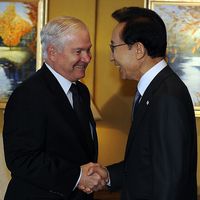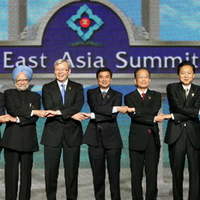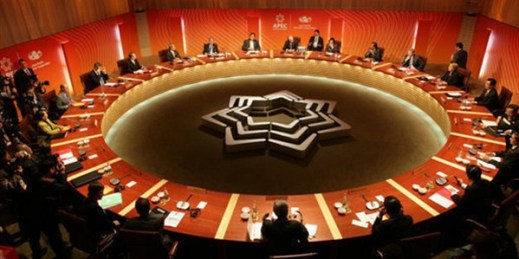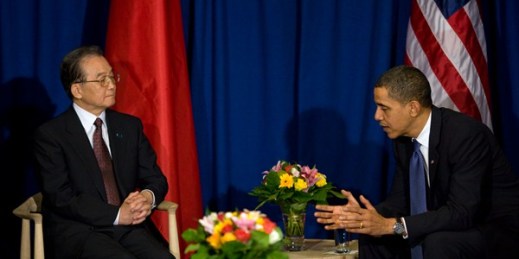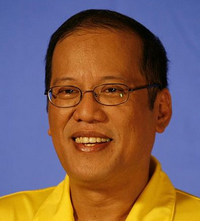
The expectations of a nation will weigh heavily on Benigno “Noynoy” Aquino’s shoulders as he is sworn in as the Philippines’ 15th president on June 30. Aquino was elected with a convincing 42 percent of the vote in the May 30 election, the biggest electoral mandate in the country’s history. The question he faces now is, Can he deliver? Aquino seems to be doing most things right, but doubts remain as to whether he will be willing or able to push through the reforms the country needs. In a country renowned for its scandals, the 51-year-old bachelor is seen as […]

